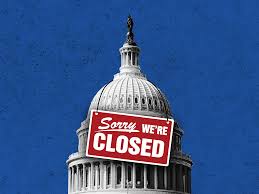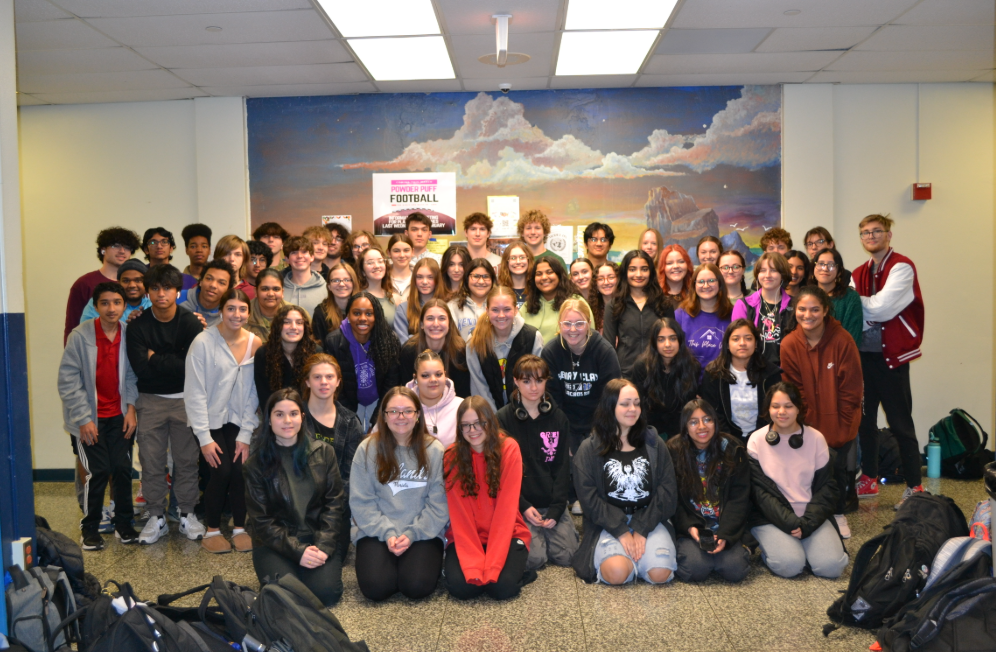
On October 1st, 2025, the federal government of the United States of America shut down for only the seventh time in history. Government shutdowns occur when budgetary bills cannot be passed by Congress. Usually, these bills pass with little issue because of how essential they are to American life. When the government shuts down, critical services like the IRS, national parks, social security, and more are impacted heavily. This includes federal workers going without pay during shutdown periods. During the course of the current shutdown, over half of the current IRS staff has been suspended. The National Park Service, which maintains America’s numerous national parks, has suspended its operations. Social security checks will continue to go out, but the Social Security Administration could face a furloughed (temporarily suspended) workforce that could result in delays processing new Social Security applications. Air traffic controllers have gone without pay as well, resulting in staff shortages at major airports. While federal workers will receive back pay, it is important to note that the president and members of Congress do receive pay during shutdowns.
The general economic loss these shutdowns cause cannot be overstated either. In fact, according to Vox, the 2023 government shutdown (the most recent prior to the current one) resulted in over $3 billion in economic losses.
The current shutdown has a somewhat more complicated cause than a usual shutdown. While the budgetary bills could not be passed, the reason lies in the fact that Democrats and Republicans are unwilling to compromise on one key issue: healthcare coverage. Democrats are, according to BBC, unwilling to pass the current budgetary bills unless the Republicans agree to extend tax credits making healthcare cheaper for millions of Americans and President Donald Trump agrees to reverse his cuts to the Medicaid program.
The effects of the government shutdown are, while a crisis, nothing novel. Federal employees deserve their pay, but at some point the shutdown will end and a relative degree of normalcy will be restored.
What is important about this shutdown is the way in which it exemplifies the polarization of our political system and culture. A USA Today article exemplifies this point: “In the second week of the government shutdown, both sides are fully in the midst of playing the blame game, trying to convince voters that the other side is responsible for the government coming to a screeching halt. Republicans are claiming that Democrats are forcing a shutdown to score political points, while Democrats claim Republicans are unreasonably refusing to negotiate.” Both of those claims have varying degrees of veracity, but the reality is that a government shutdown should not be a campaign event. Both sides of the political spectrum should be working together to end this period of crisis, not reveling in being able to blame their opposition.
And yet, both sides blame the other. Videos on social media blame one side or the other, usually without critical context or nuance. This is, unfortunately, nothing new. According to the Niskanen Center in August 2023, social media was known even then to play a role in driving political polarization. This occurs largely through what the Center refers to as “echo chambers”, in which social media algorithms feed users content from only one side of an issue until they are driven to one side or the other of the political spectrum.
The recent governmental shutdown is an important, although unsurprising, reminder of this effect. According to Pew Research Center, 84% of US adults say political debate has become less respectful and 78% say it has become less fact-based. The percentage of US adults who say that political conversations with people they disagree with are “stressful and frustrating” has grown from 46% in 2013 to 61% in 2023. 72% of Republicans and 63% of Democrats said they believe members of the opposing party are more “immoral” than other Americans. Polarization has gripped our country, and we are worse off for it. To say nothing of the effects it has on our daily lives, polarization is affecting our government, too. For years, Medicaid was a bipartisan issue. In fact, according to NPR, even today three out of four Republicans view the program favorably. Why, then, are Republican lawmakers and presidents (who Republicans elected) so eager to make Medicaid cuts and slash other healthcare benefits? The reason is because while Republicans support Medicaid, their dislike for cutting the program is made up for the fact that while Republican lawmakers might do things they don’t support, at least they aren’t Democrats. This is the problem polarization creates: even when Americans remain united on an issue they are divided on identity, which prevents bipartisan cooperation even when voters agree.
To review, a government shutdown that is cutting off pay for critical federal and military employees has occurred due to fighting over an issue that the voter bases of both parties agree on, due to polarization allowing more extreme politicians into government. In fact, according to Who wants to Run?, a book by Andrew Hall, a professor of political science at Stanford University, “The average distance between the candidates of the two parties has grown from 1.2 points on the CFScore scale [a measure, from -2 to 2, of a candidate’s ideological extremity], in 1980, to just over 2.0 points in 2010. The ideological divergence between the two parties’ candidate pools has thus almost doubled in a 30-year period.” Polarization is clearly not new in the United States. Even before recent years, our politicians were growing more polarized. While not novel, the polarization problem is damaging to Americans and our government. The polarization problem might have begun years ago, but it is rearing its head now and Americans are worse off for it.







